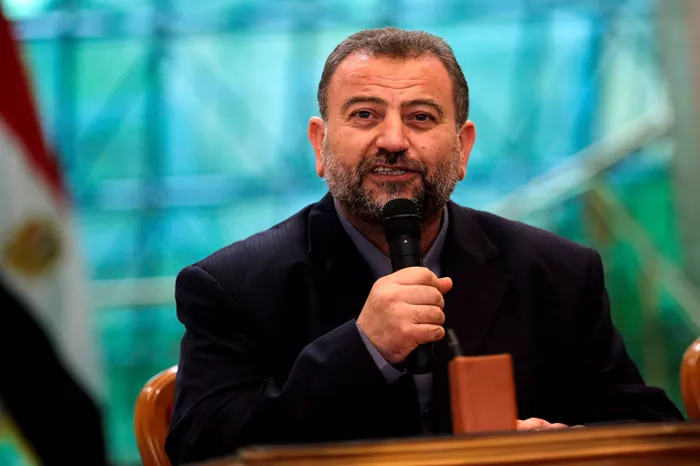Crude oil prices experienced an uptick early Wednesday morning after reports emerged that Ismail Haniyeh, the leader of Hamas, had been killed in Iran. According to Hamas, Haniyeh died in a “treacherous Zionist” attack on his residence in Tehran. Haniyeh was in Iran to attend the swearing-in ceremony of the country’s new president.
Haniyeh’s death come less than 24 hours after Israel announced the killing of Fuad Shukr, a senior Hezbollah commander, in an airstrike on Beirut. This action was in retaliation for a Hezbollah attack on the Golan Heights.
A senior Hamas official condemned the assassination, stating, “This assassination by the Israeli occupation of Brother Haniyeh is a grave escalation that aims to break the will of Hamas.” This statement suggests that Haniyeh’s death could further escalate tensions in the Middle East.
Such geopolitical developments typically drive up oil prices due to expectations of increased instability in the region. This week was no exception, with both Brent crude and West Texas Intermediate prices rising by over $1 following their lowest levels in seven weeks on Tuesday.
Despite the recent increase, oil benchmarks are on track for their largest monthly loss since last year. Concerns about China’s demand growth and speculation about potential changes in OPEC+ production policies are contributing to a bearish outlook in the oil markets. OPEC+ has indicated it might reverse production cuts in the final quarter of the year if market conditions support it. However, the current downward trend in prices suggests that the anticipated policy shift may not occur immediately.
OPEC+ is scheduled to hold a regular monitoring meeting tomorrow, which is not expected to yield any surprising developments.
Related topics:
What Is E20 Gasoline? [Revealed]

